Piston Slap: What Makes Premium Fuel More Expensive?

TTAC Commentator sastexan writes:
Sajeev,
I’ve been driving cars requiring premium fuel (91+ octane). When I bought my Contour SVT in 1998, high test was $0.20 more a gallon (just under a 20% premium over regular). But it was regularly always only $0.20 more. In the past decade or so, I noticed the delta going to $0.30 and even more. The correlation did not seem to be to the price (eg, premium did not seem to track a consistent 15% increase). Rather, the difference appears to be a flat rate.
Question for the best and brightest – what in higher octane fuel makes it more expensive?
What inputs are there and how much more does it cost to manufacture?
This is not intended to be a debate about the “requirement” for premium – my SVT had an extreme dislike of 87 octane and I won’t try it in my FRS with the high compression engine. However my mother runs 87 in her with no issue for the past 5 years despite the assertion from the salesman that the “premium product requires premium fuel” and did the same for her old I30 for 14 years (Camry engine and Maxima engine, respectively).
Sajeev answers:
I’m far from an oil and gas expert, but let’s hyperlink to relevant sources and give it the ‘ol college try.
What makes premium fuel more expensive is the effort to adjust the ratio of long to short chain hydrocarbons in grades of gasoline. A notable quote from the Quora link above.
“Effectively, the long-chain hydrocarbons (like asphalt and diesel) can be broken into shorter-chain hydrocarbons (like gasoline). You end up with more gasoline. You can also adjust the regular/premium output ratios with these methods.”
Perhaps more importantly, overall fuel cost is proportional to oil quality.
Not all crude oil is created equal. The Keystone XL pipeline (that everyone’s formed an opinion about) is proof: the quality of “tar sand” oil delivered to my Texas backyard is poor. Light, sweet crude is the good stuff: more expensive as a raw material but easier to refine. But there are varying grades here too: light crude oil is “defined as having an API gravity higher than 31.1 °API (less than 870 kg/m3).”
Whatever that means.
Need more detail? Too bad I didn’t accept that Petroleum Engineering scholarship when I was a freshman. Perhaps there’s one within the ranks of our Best and Brightest?
[Image: Shutterstock user prakob]
Send your queries to sajeev@thetruthaboutcars.com. Spare no details and ask for a speedy resolution if you’re in a hurry…but be realistic, and use your make/model specific forums instead of TTAC for more timely advice.

More by Sajeev Mehta
Latest Car Reviews
Read moreLatest Product Reviews
Read moreRecent Comments
- SCE to AUX "...to help bolster job growth and the local economy"An easy win for the politicians - the details won't matter.
- Kjhkjlhkjhkljh kljhjkhjklhkjh so now we will PAY them your tax money to build crappy cars in the states ..
- SCE to AUX Yes, I'll miss it, and it doesn't make sense to kill off your 3rd-best seller. 2023 was its best year since 2018.
- SCE to AUX This was the same car I had (05 xB, stick, "camouflage" color) for 7 years - great car.We called ours "The Lunchbox". I added aftermarket wheels, and the 3rd-party cruise control the dealers could install.It suffered only two failures: bad window switch in week 2 (dealer fixed in 1 hour), bad trailing O2 sensor (fixed myself for $70). Fuel economy was always 28-34 mpg.It was a potential death trap, and ride quality became unbearable after 2 hours. I once did a 10-hour round trip in it and could barely walk after.Traded it for a 2012 Leaf, which was a better car in some ways.
- Bd2 The "e" nomenclature signifies the e-ATPs which BMW is pursuing.




















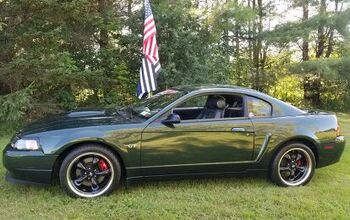
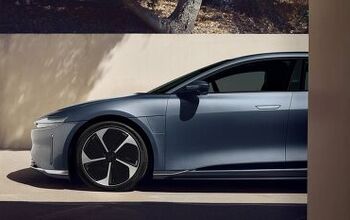



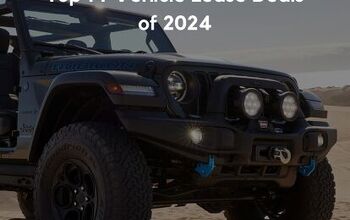
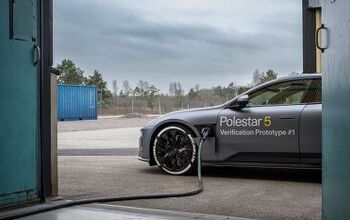

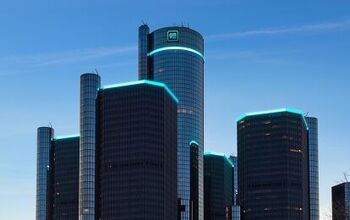
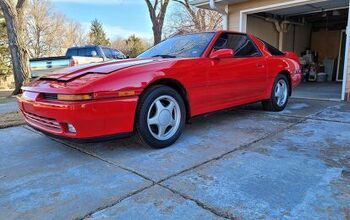

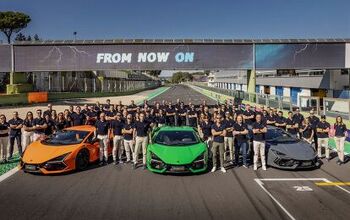


Comments
Join the conversation
Sajeev My memory is a bit hazy on this but once upon time, I meet with the oil boys and fuel production was described to me as a piece of cake/pie with the raw oil as the whole pie. Each barrel of oil as a certain amount of energy and can be cut into different ratios of the key products. For example 1 Barrel might be split like this 30% Jet A 30% Diesel 30% Reg Gas 5% Premium 5% other products These ratio are hard to change quickly, and are dependent on the raw oil source. The Premium fuel requires more complex processes and costs more to produce (more energy input to crack the product), and takes away from cheaper to products. Refinery typically want to constraint supply of low volume products to a minimum to avoid over supply and maximize profit on the high volume easier to produce products. http://www.aip.com.au/industry/fact_refine.htm my 2c worth..
The article does not explain that straight chain (aliphatic) hydrocarbons longer than 4 carbons are very bad with respect to octane rating. For instance, butane (4 carbons) has a motor octane rating of 114 (gasoline has to be made from mostly longer chained molecules to keep the boiling point reasonable), the next in the series, n-pentane (5 carbons), has a motor octane of only 66. Branched chain and cyclic hydrocarbons have good octane numbers, but these are made by catalytic reforming, which is more expensive than the cracking + distillation methods used to produce the straight chain analogs. Cyclopentane (produced by catalytic reforming) for instance has an octane of 141. The high octane hydrocarbons are more expensive to produce than the low octane constituents.